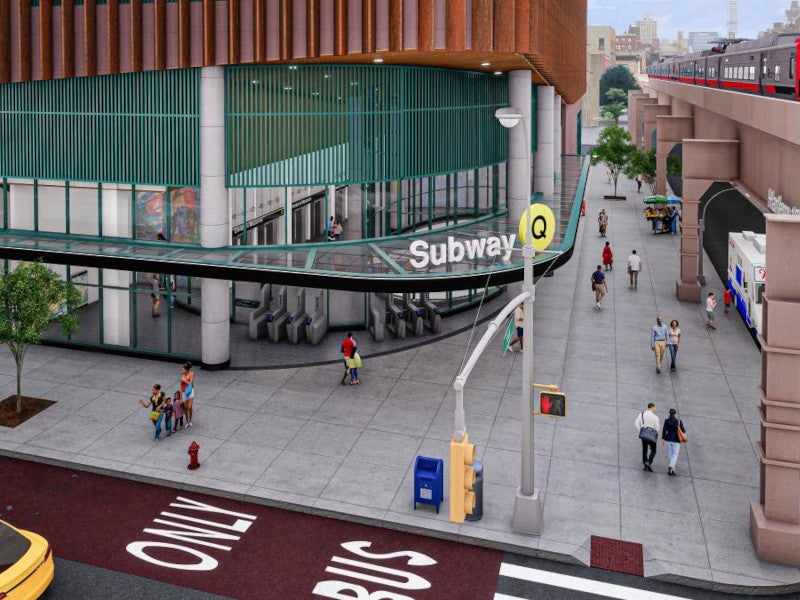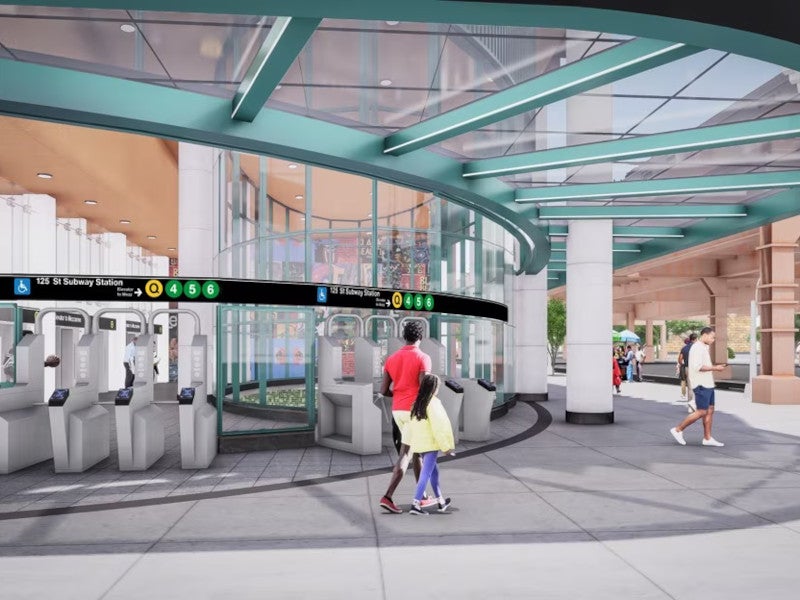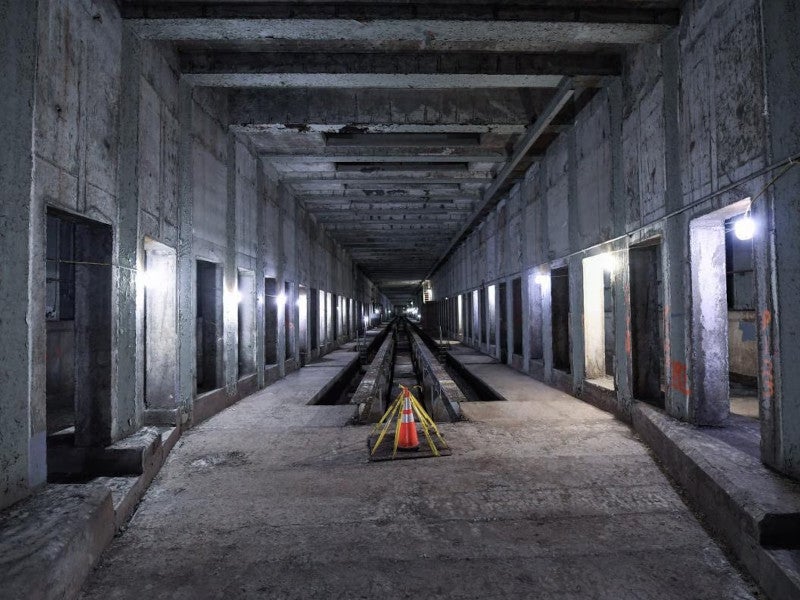The Second Avenue Subway (SAS) Phase 2 project is an extension of the SAS Phase 1.
It will be developed by the New York Metropolitan Transportation Authority (NYMTA), the public transportation authority in New York.
The project will extend the heavy rail subway service along the east side of Manhattan, New York, US.
The development of new stations along Second Avenue and at 125th Street under the project will improve the transportation experience for the residents and businesses of East Harlem. The SAS Phase 2 will be developed with an estimated cost of $5.23bn.
The project received federal environmental approval in November 2018. MTA subsidiary MTA Construction and Development conducted an industry outreach event in July 2023, presenting an overview of the SAS Phase 2 project.
The project will improve transit access in Manhattan for the East Side residents, workers, and visitors, reduce the load on the city’s ageing Lexington Avenue subway system, and improve mobility for all New Yorkers.
Second Avenue Subway background
The SAS project is planned to extend along the entire length of Manhattan in four phases. The entire project will be 8.5 miles (13.7km) in length, stretching along the East Side of Manhattan from 125th Street in Harlem to the Hanover Square area in Lower Manhattan.
It will include the construction of 12,800ft twin-track tunnels and subway line with 16 stations.
The line will connect Manhattan with an existing East Side subway line and a commuter railroad at 125th Street to the north and continue southwards to the Financial District at the edge of the island.
Phase 1 of the project extended the Q line to 96th Street, improving the commuting experience for residents of the area by adding three new stations at 72nd Street, 86th Street and 96th Street. A new 63rd Street station connection to the Lexington Avenue line reduced the congestion on one of the existing line’s most overburdened segments.
SAS Phase 1 was opened in January 2017, marking the city’s largest subway expansion in the past half-century. It has transported more than 130 million passengers, including more than 200,000 on a typical weekday before the pandemic, after completion.
The SAS project will run down to Lower Manhattan in phases 3 and 4.
Second Avenue Subway Phase 2 details
The SAS Phase 2 involves the construction of three new stations, power substations, signal and communications systems, and car cleaning facilities.
It involves an extension of the Q subway service into Harlem. The line will extend from the northern section of Phase 1 at 96th Street to the south of 125th Street on the Lexington Avenue Line, and then west on 125th Street to Park Avenue, totalling approximately 1.5 miles.
Three new stations will be created at 106th Street, 116th Street, and 125th Street on Second Avenue in accordance with the Americans with Disabilities Act of 1990. Direct connectivity to the Lexington Avenue line at 125th Street and an entrance at Park Avenue will be provided to make it easier for the passengers to get to the Metro-North Railroad.
The new stations in the second phase will be aesthetically pleasing, similar to those in the first phase. The stations will have air conditioning and access points with lifts and escalators.
Each station will have ancillary buildings above ground to accommodate all the ventilation, mechanics, and electrical equipment. It will also have room for retail on the ground floor.
The 125th Street station at Park Avenue with its connections to the 4, 5 and 6 lines, Metro-North train and the M60 Select Bus Service connecting LaGuardia airport will increase the multimodal transit activity, making it easier and faster to travel between the city and the metropolitan area.
Second Avenue Subway Phase 2 construction
The construction of Phase 2 of the SAS will include the relocation of water, sewer and electrical utilities that are currently underground beneath Second Avenue. It will involve the alteration and utilisation of the existing tunnel segments under Second Avenue that were constructed in the 1970s.
New tunnels and stations will be excavated using a tunnel-boring machine, as well as the station entrances, associated buildings, and the connection to the 4, 5 and 6 subway at Lexington Avenue will be constructed.
The project will include cut and cover construction for the 106th Street and 116th Street stations to connect with the existing tunnel segments.
Second Avenue Subway Phase 2 benefits
Phase 2 is set to benefit more than 100,000 daily commuters, connecting residents of Harlem to employment, educational resources, and prospects across the wider area.
Together with Phase 1, it is expected to carry 300,000 passengers a day.
It will also feature a one-seat service from East Harlem to the Upper East Side, West Midtown, and Coney Island.
The Phase 2 will reduce congestion on the lines 4, 5 and 6, as well as on the 96 Street Q and local bus services. It will shorten the commute times by up to 20 minutes.
Contractors involved
A partnership comprising engineering and design company WSP and professional engineering company STV is providing planning, architectural, civil, structural, mechanical, plumbing, and fire protection services for Phase 2 of Second Avenue Subway. It is also supplying traction power and communications systems design, as well as systems integration services.
The AECOM-Arup joint venture was responsible for the preliminary design for all phases. AECOM is an engineering company while Arup is a design company.






